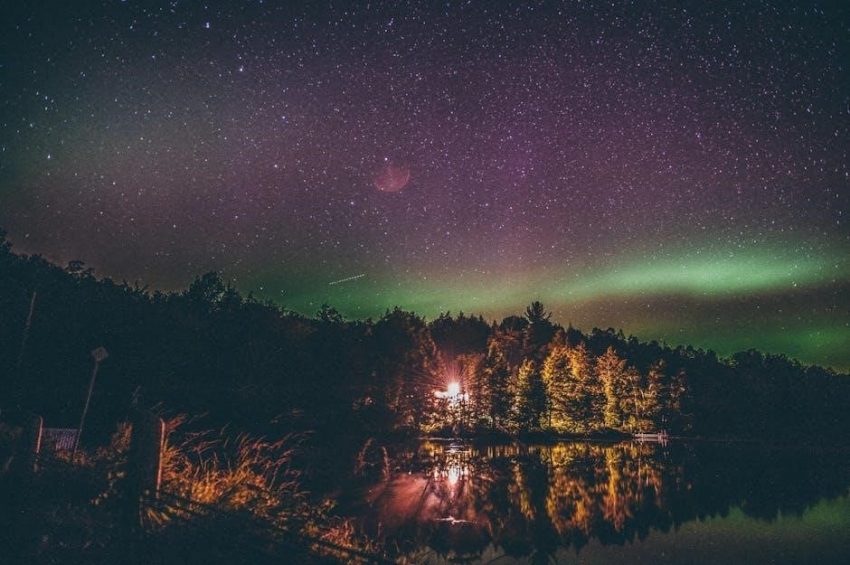Guido Reni’s Aurora is a breathtaking Baroque ceiling fresco depicting the goddess of dawn leading Apollo’s chariot. Painted in 1614‚ it adorns the Casino dell’Aurora in Rome‚ showcasing Reni’s mastery of classical ideals and luminous colors‚ embodying the essence of the Baroque movement.
Overview of the Fresco
Aurora is a monumental Baroque ceiling fresco by Guido Reni‚ created in 1614 for the Casino dell’Aurora in Rome. Measuring 700 x 280 cm‚ it depicts the goddess of dawn‚ Aurora‚ leading Apollo’s chariot across a radiant sky. The composition is characterized by Reni’s classical idealism‚ with serene figures‚ harmonious proportions‚ and a vibrant use of color. The fresco captures the transition from night to day‚ symbolized by Aurora scattering flowers and light. Its dynamic yet balanced design exemplifies the Baroque style‚ blending mythological themes with emotional depth. Commissioned by Cardinal Scipione Borghese‚ the work remains a cornerstone of Reni’s oeuvre and a quintessential example of Baroque artistry.
Historical Context of the Artist and the Work
Guido Reni‚ a prominent figure in the Bolognese School‚ created Aurora in 1614 during the height of the Baroque era. Born in Bologna in 1575‚ Reni was influenced by the Carracci and classical art‚ which shaped his artistic style. The fresco was commissioned by Cardinal Scipione Borghese‚ a key patron of the arts‚ for his Casino dell’Aurora in Rome. This period marked a flourishing of artistic innovation‚ with the Baroque movement emphasizing dramatic compositions and emotional intensity. Reni’s work bridged the gap between classical ideals and Baroque dynamism‚ securing his legacy as a master of the era. The fresco’s creation reflects the cultural and artistic vibrancy of early 17th-century Rome.
Guido Reni: The Artist Behind “Aurora”
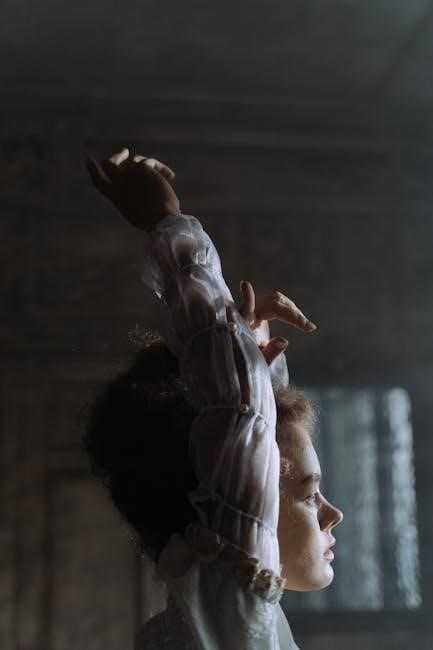
Guido Reni‚ born in 1575 in Bologna‚ was a leading Baroque painter known for his classical idealism and emotional depth. Apprenticed to Denis Calvaert‚ he later embraced the Carracci’s naturalism‚ becoming a central figure in the Bolognese School. His harmonious and serene style influenced countless artists‚ blending elegance with dramatic flair.
Biography of Guido Reni
Guido Reni was born on November 4‚ 1575‚ in Bologna‚ Italy‚ and died on August 18‚ 1642‚ in the same city. A prominent Baroque painter‚ he began his artistic training at the age of 10 under Flemish painter Denis Calvaert. Later‚ he was influenced by the Carracci family‚ joining their Accademia degli Incamminati. Reni’s work is characterized by classical idealism‚ harmonious compositions‚ and emotional depth. His paintings often depicted religious and mythological themes‚ earning him acclaim in Rome and beyond. Reni’s contributions to Baroque art were significant‚ and his serene and elegant style continues to inspire artists and art lovers alike.
His Artistic Style and Contributions to the Baroque Movement
Guido Reni’s artistic style epitomized the harmony and elegance of the Baroque movement. His works‚ such as Aurora‚ showcased his mastery of light and color‚ creating ethereal and emotionally resonant compositions. Reni’s approach blended classical ideals with a serene‚ almost spiritual quality‚ setting him apart from more dramatic Baroque contemporaries. His use of soft chiaroscuro and graceful forms reflected his admiration for ancient Greek and Roman art‚ as well as the influence of the Carracci. Reni’s contributions to the Baroque were profound‚ as his balanced and refined style bridged the gap between the Renaissance and the dynamic energy of the Baroque era‚ inspiring countless artists and solidifying his legacy.
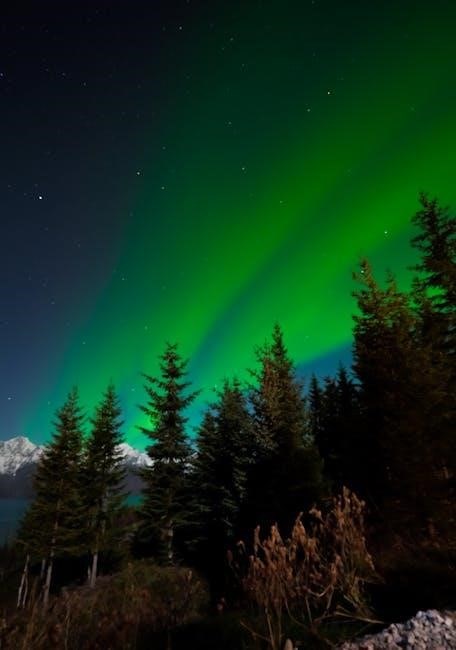
The Fresco “Aurora” in Detail
Guido Reni’s Aurora is a vibrant Baroque fresco depicting the goddess of dawn leading Apollo’s chariot. Completed in 1614‚ it showcases Reni’s mastery of color and luminous effects.
Commission and Creation of the Fresco
Aurora was commissioned by Cardinal Scipione Borghese in 1612 to adorn the ceiling of the Casino dell’Aurora‚ a garden pavilion in Rome. Guido Reni‚ renowned for his classical style‚ completed the fresco by 1614. The work was part of a series of decorative projects aimed at enhancing the Borghese family’s properties. Reni’s meticulous execution and use of vivid colors brought to life the mythological scene‚ capturing the essence of dawn’s arrival. The fresco’s creation marked a high point in Reni’s career‚ solidifying his reputation as a leading figure in the Baroque movement.
Symbolism and Mythological Elements in the Painting
Aurora is rich in mythological symbolism‚ depicting the goddess of dawn leading Apollo’s chariot across the sky. The fresco captures the moment of transition from night to day‚ with Aurora scattering flowers and light. Apollo‚ enveloped in a golden halo‚ represents the sun and enlightenment. A winged putto carrying a torch symbolizes the spark of dawn. The composition blends classical mythology with Baroque drama‚ emphasizing light and movement. Reni’s use of luminous colors and dynamic poses underscores the themes of renewal and divine order‚ creating a celestial scene that embodies the essence of Baroque art.
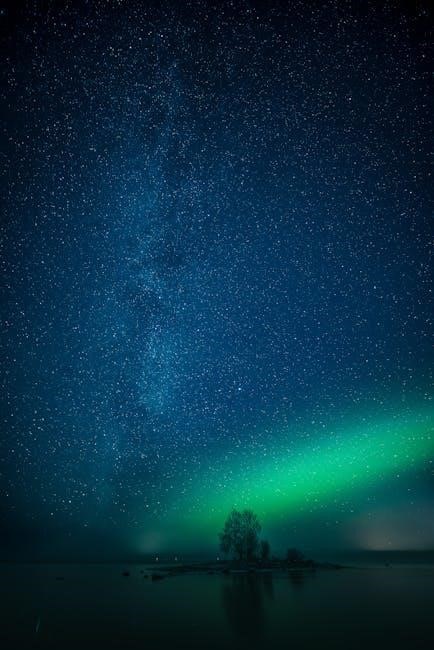
The Location of “Aurora”
The fresco Aurora is located in the Casino dell’Aurora‚ a garden house adjacent to the Palazzo Pallavicini-Rospigliosi in Rome‚ where it remains a celebrated attraction.
The Casino dell’Aurora and Its Significance
The Casino dell’Aurora‚ a charming garden house in Rome‚ is renowned for housing Guido Reni’s masterpiece. Built as a summer retreat for Cardinal Scipione Borghese‚ it reflects the elegance of 17th-century architecture. The casino’s design‚ with its open spaces and lush gardens‚ complemented Reni’s fresco‚ creating a harmonious blend of art and nature. Today‚ it is part of the Palazzo Pallavicini-Rospigliosi and is occasionally opened to the public‚ offering a glimpse into its rich history and artistic splendor. The casino’s significance lies not only in its architectural beauty but also in its role as a preserved setting for Reni’s iconic work.
Palazzo Pallavicini-Rospigliosi as the Current Location
Palazzo Pallavicini-Rospigliosi‚ a stunning 17th-century palace in Rome‚ is the current home of Guido Reni’s Aurora. This historic building‚ with its grand architecture and ornate interiors‚ provides a fitting backdrop for the fresco. The palace‚ once a residence of noble families‚ now serves as a cultural landmark‚ preserving Reni’s masterpiece for future generations. Its location in the heart of Rome ensures that the fresco remains accessible to art enthusiasts and scholars alike‚ allowing them to appreciate its beauty and historical significance in a setting that complements its Baroque splendor.
Artistic Influences and Legacy
Guido Reni’s Aurora reflects influences from classical art and the Carracci‚ showcasing his refined Baroque style. His work significantly impacted later artists‚ leaving a lasting legacy in art history.
Reni’s Inspiration from Classical Art and the Carracci
Guido Reni’s artistic style was deeply influenced by classical art and the Carracci family‚ who founded the Accademia degli Incamminati. His training under Denis Calvaert and later exposure to the Carracci’s naturalism shaped his approach. Reni’s Aurora reflects a harmonious blend of classical ideals and Baroque dynamism‚ with its balanced composition and luminous color palette. The fresco’s mythological themes‚ such as the depiction of Apollo and Aurora‚ draw from ancient Roman mythology and Renaissance art traditions. Reni’s ability to merge these influences created a timeless masterpiece‚ showcasing his mastery of classical forms and emotional expression‚ which became a hallmark of his work.
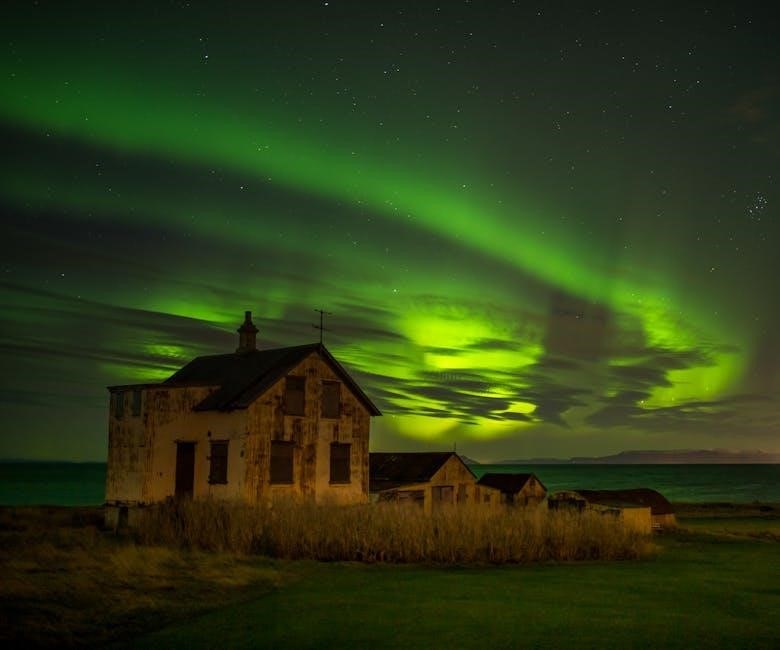
The Impact of “Aurora” on Later Artists and Art Movements
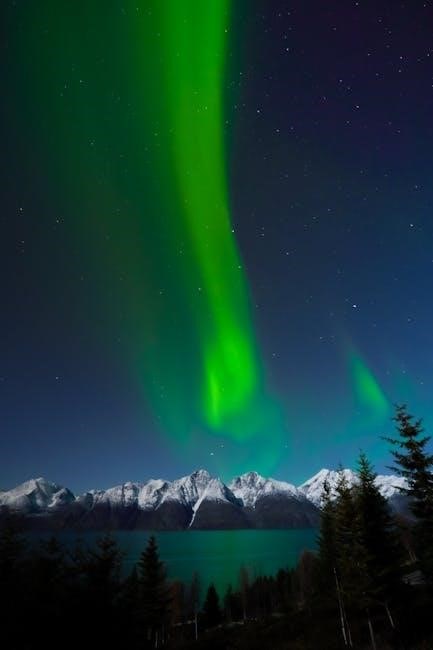
Guido Reni’s Aurora left an indelible mark on the art world‚ influencing numerous artists and movements. Its classical elegance and harmonious composition inspired later Baroque painters‚ while its luminous color palette and dynamic mythological themes paved the way for Rococo and Neoclassical art. The fresco’s celestial imagery and emotional depth also resonated with Romantic artists‚ who admired its dramatic yet serene depiction of natural light. Reni’s masterpiece remains a cornerstone of art history‚ continuing to inspire contemporary artists and designers with its timeless beauty and technical brilliance‚ solidifying its legacy as a pivotal work in the evolution of Western art.
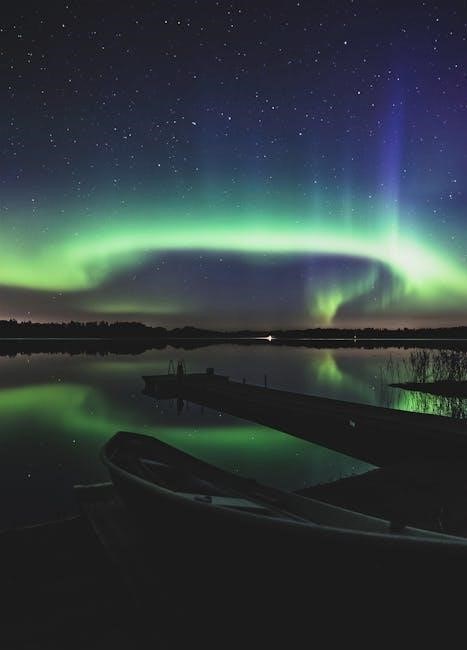
Conservation and Restoration Efforts
Recent restoration projects have preserved Aurora’s vibrant colors and details‚ ensuring its survival for future generations. The efforts highlight the crucial role of women in its conservation.
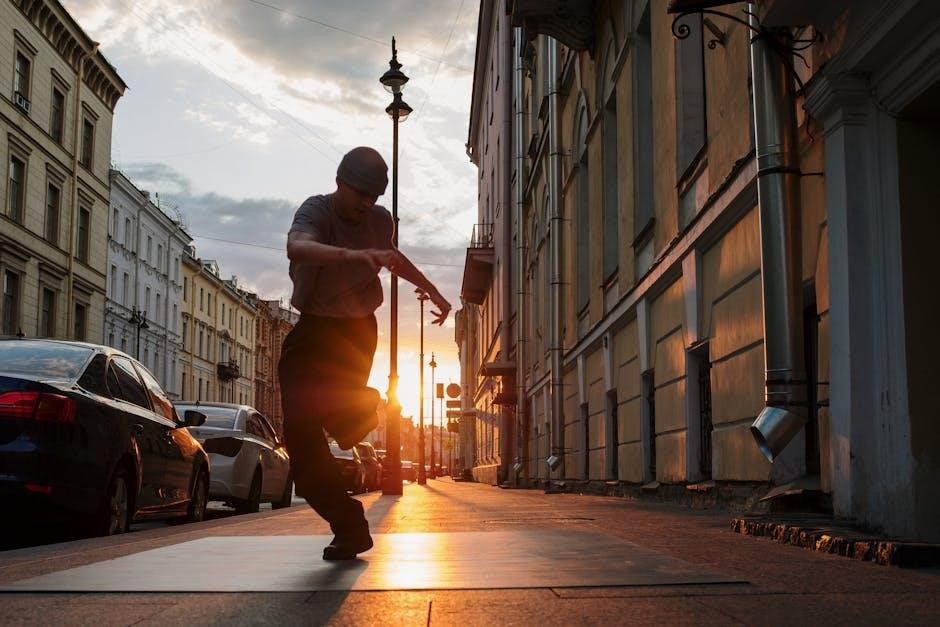
Recent Restoration Projects and Their Importance
Recent restoration efforts have focused on preserving the delicate colors and intricate details of Aurora. Advanced techniques were employed to remove centuries of grime and stabilize the fresco‚ ensuring its longevity. These projects highlight the importance of maintaining cultural heritage for future generations. The restorations also revealed previously obscured elements‚ showcasing the full brilliance of Reni’s work. The involvement of skilled conservators‚ particularly women‚ has been instrumental in safeguarding this masterpiece. Their meticulous work ensures that Aurora remains a vivid testament to Baroque artistry and continues to inspire art lovers worldwide.
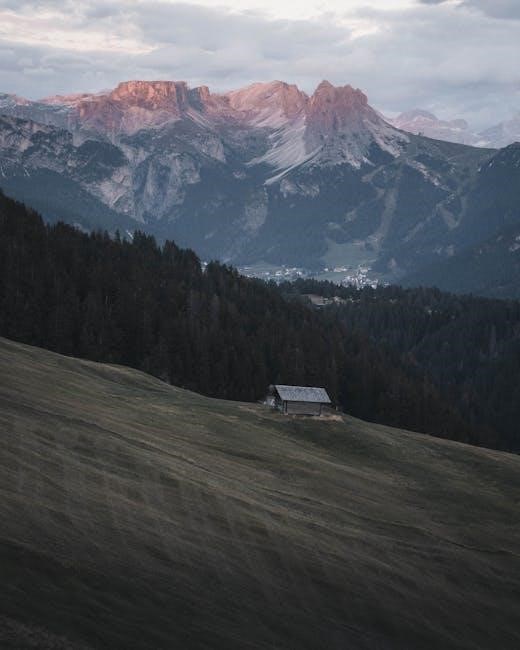
The Role of Women in Preserving the Fresco
The preservation of Aurora owes much to the dedication of women. In February 2022‚ a restoration project highlighted the crucial role of three women from the Pallavicini-Rospigliosi family. Their efforts ensured the fresco’s survival‚ blending historical care with modern techniques. Female conservators‚ known for their meticulous work‚ were instrumental in stabilizing the fresco and restoring its original vibrancy. Their contributions underscore the importance of gender diversity in art conservation‚ ensuring Aurora remains a timeless masterpiece for future generations to appreciate. These women’s dedication reflects a deep commitment to cultural heritage and the enduring legacy of Guido Reni’s work.
Guido Reni’s Aurora‚ a 1614 Baroque masterpiece‚ continues to captivate with its luminous beauty and mythological grandeur. Its preservation ensures its influence endures in art history.
The Enduring Significance of “Aurora” in Art History
Guido Reni’s Aurora remains a cornerstone of Baroque art‚ celebrated for its harmonious blend of classical ideals and dynamic composition. The fresco’s luminous palette and mythological themes continue to inspire artists and scholars‚ offering insights into the evolution of Baroque aesthetics. Its meticulous restoration efforts highlight the importance of preserving cultural heritage‚ ensuring future generations can appreciate its beauty. As a seminal work‚ Aurora bridges the gap between Renaissance and Baroque styles‚ solidifying Reni’s legacy as a master of his era. Its enduring appeal lies in its ability to evoke emotion and wonder‚ cementing its place in the canon of art history.

